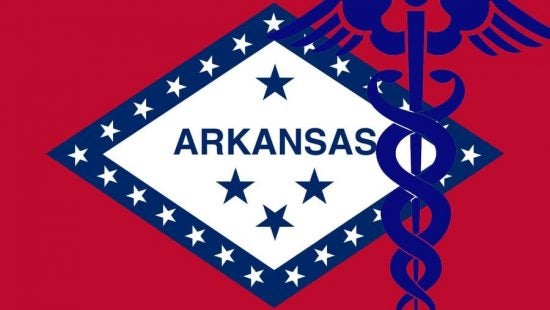Since taking control of the Executive Branch, the Trump Administration has been fixated on repealing and replacing the Affordable Care Act (ACA) and thus dismantling Medicaid, a pillar of the ACA. This was demonstrated by Trump’s first-ever executive order signed on the first day of his presidency on January 24, 2017, titled Minimizing the Economic Burden of the Patient Protection and Affordable Care Act Pending Repeal. After multiple failed attempts to repeal and replace the ACA through legislation, the administration has turned to attempt welfare reform through executive powers.
Medicaid’s purpose is to “enable each state as far as practicable to furnish medical assistance.” Medicaid was traditionally for the deserving poor (women, children, and the disabled), however, the ACA changed that by allowing states to expand their program to cover low-income childless-adults. Section 1115 of Medicaid was created to allow states to conduct “experimental, pilot, or demonstration projects, which in the judgment of the Secretary [of Health and Human Services (HHS)], is likely to assist in promoting the objectives of [Medicaid].” By January 2018, HHS saw this provision as an opportunity to do what it could not do through Congress and wrote a letter to state Medicaid Directors. The letter stated that:
[The Centers for Medicare and Medicaid Services (CMS)] is committing to support state demonstrations that require eligible adult beneficiaries to engage in work or community engagement activities (e.g., skills training, education, job search, caregiving, volunteer service) in order to determine whether those requirements assist beneficiaries in obtaining sustainable employment or other productive community engagement and whether sustained employment or other productive community engagement leads to improved health outcomes.
HHS’ attitude turns a blind eye to the fact that the majority of people on Medicaid do in fact work, and that having adequate health care enables people to work, not the other way around.
The narrative pushed by the administration blames poor people for being poor and projects the old American anecdote that people just need to pick themselves up by their own bootstraps. This state of mind fails to address, acknowledge, and realize the impact of social determinants of health.

photo courtesy of 4029tv.com
Arkansas was the very first state to implement a work requirement in Medicaid’s history, which led to the loss of insurance for 18,164 Arkansans in a matter of months. However, a federal judge blocked Arkansas from continuing to implement its work requirement because HHS arbitrarily and capriciously approved the waiver without addressing how the experiment would impact Medicaid’s core purpose: insuring low-income individuals.
The damage has been done. Disability and technical problems were large factors in the loss of coverage. Work requirements were intended to motivate abled-bodied adults, but Arkansas cut thousands of people who needed Medicaid the most, people with disabilities. Arkansas’ reporting mechanism was difficult and complex to navigate, leading to the loss of coverage for people who were unable or unaware of how to use the system. Over 95% of the people subject to the requirements already met the 80-hour a month requirement or should have qualified for an exemption, but 12% of Medicaid enrollees were cut primarily due to disability and reporting difficulties.
A new study published on June 19, 2019, by the New England Journal of Medicine and conducted by Harvard’s School of Public Health found that implementing work requirements in Arkansas had no impact on the state’s employment numbers, had no gains in private insurance, but had a 12% decrease in Medicaid enrollees. Work requirements did not enable people to “break the chains of poverty and live up to their fullest potential” as intended by the Trump administration. This idea of “breaking the chains of poverty” was nothing more than a shameful attempt and disgraceful rouse at welfare reform for failing to repeal and replace the ACA while putting nearly 20,000 lives at risk.



